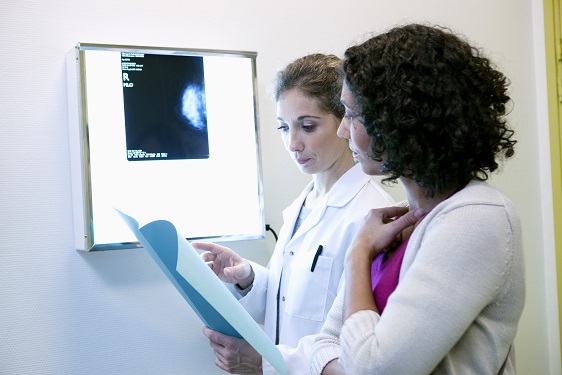Most breast cancer screening MRIs unnecessary according to guidelines
More than 80% of breast cancer screening MRIs conducted between 2007 and 2014 occurred in women who did not meet the professional guidelines for these screenings, according to findings recently published in the Journal of General Internal Medicine.
The American Cancer Society, the Society of Breast Imaging and American College of Radiology all recommend screening MRIs for women who have a 20% or higher risk for breast cancer, according to the researchers.
“Despite lack of data regarding benefit, results of several studies suggest that MRI screening is diffusing to lower risk women not covered by professional society recommendations,” Deirdre A. Hill, PhD, of the department of internal medicine and Comprehensive Cancer Center, University of New Mexico School of Medicine, and colleagues wrote. “Relatively little is known about MRI utilization patterns in community practice.”
Researchers assessed 348,955 women who received a screening mammogram as part of the Breast Cancer Surveillance Consortium. Of those 1,499 also received a screening MRI.
Hill and colleagues found that 82.9% (95% CI, 80.8-84.7) of screening MRIs were performed in women who did not meet these professional guidelines and 35.5% (95% CI 33.1-37.9) of the screening MRIs were performed in women considered at low-to-average breast cancer risk.
In addition, among the women who did not meet the American Cancer Society, the Society of Breast Imaging and American College of Radiology guidelines and had no first-degree of breast cancer family history, the use of screening MRI was higher among those with extremely dense breasts (RR = 2.2; 95% CI, 1.7-2.8) vs. those with scattered fibroglandular densities and among women with lobular carcinoma in situ (RR = 33.1; 95% CI, 18-60.9) atypia (RR = 7.4; 95% CI, 3.9-14.3) vs. women with nonproliferative disease.

“Breast MRI use that is not concordant with guidelines, as documented in this study, poses distinct challenges to effective resource allocation in breast cancer screening,” Hill told Healio Family Medicine in an interview. “These challenges include primary care physicians’ time to conduct breast cancer risk evaluation may be limited, women's expectations, or the confidence in the clinical effectiveness of MRI. The confluence of these factors may lead to both overuse and underuse of MRI according to guidelines.”
She suggested several tasks clinicians can perform, to be more on par with breast cancer screening recommendations.
“Physicians can evaluate lifetime breast cancer risk score with their patients by using the breast cancer risk evaluation tool on the National Cancer Institute’s website, or the Breast Cancer Surveillance Consortium’s calculator. Scores that indicate a greater than 20% lifetime risk could facilitate discussion and referral to MRI screening if appropriate,” Hill said. – by Janel Miller
For more information:
National Cancer Institute. “Breast Cancer Risk Assessment Tool.” https://www.cancer.gov/bcrisktool. Accessed Feb. 19, 2018.
Breast Cancer Surveillance Consortium. “Breast Cancer Surveillance Consortium Risk Calculator.” tools.bcsc-scc.org/bc5yearrisk/calculator.htm. Accessed Feb. 19, 2018.
Disclosure: The authors report no relevant financial disclosures.
